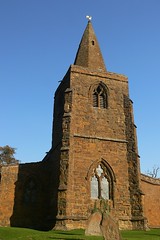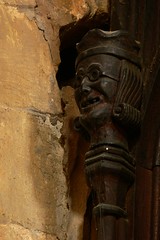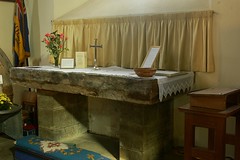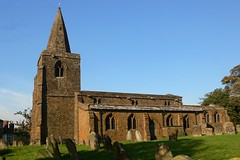
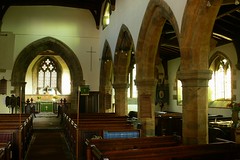
14th century parish church of St. Peter and St. Clare, Fenny Compton. Extensive remodeling of the aisle and arcade occurred late in the century when the tower was added. The clerestory was added in the 16th century, however there is no trace of the original 14th century flat roof. All the windows are modern stonework, except for those in the north clerestory which are 16th century. The roof was restored in 1879.
The communion rails have turned balusters of the 17th century.
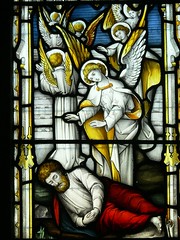
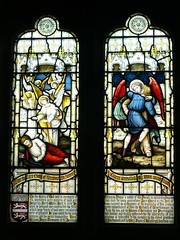
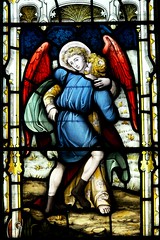
This Victorian memorial window in the north wall is dedicated to a Thomas Payne an engineer who built an embankment across the Glaslyn estuary at Porthmadog. Porthmadoc itself is built on the land reclaimed as a result of the embankment.
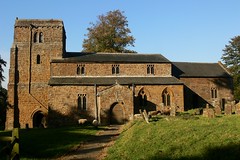
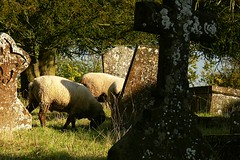
Parts of St. Peter’s church are early 12th century, with the tower being added in the later part of the century, the church was valued at £10 in 1291.
By the late 15th century the medieval village was deserted. The Public Records Office has a document from 1498 where a jury states that 60 occupants of the village were driven out:
weeping to wander in idleness…[and] perished of hunger.
A Social History of England, 1200-1500 (p127)
The modern village dates from the mid Victorian period.
The village and estate was owned by the Spencer family. Wormleighton was the former manor house for the Spencer’s. They were owners in 1469 and bought the lordship of Wormleighton from the Copes in 1507. Their money came from sheep farming, and by the 1600s the estate had some 20,000 head.
From the early 13th century churches installed a rood (choir, or chancel) screen to separate the congregation from the clergy. This followed the following the exposition of the doctrine of transubstantiation at the fourth Lateran Council of 1215, after which the clergy were obliged to protect the sacrament from irreverant access or abuse. Prior to this period the chancel had curtains which were drawn across the altar at specific points in the Mass. However, the nave of the church was often used for secular activities and some permanent division was felt necessary.
This particular screen is from the 15th century ornately carved and hidden high up on the left hand corner is a carving of a man wearing spectacles.
The plaque above the door is a memorial to Diana Spencer.
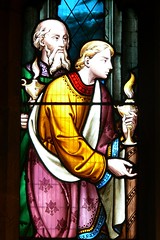

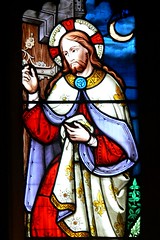
The Victorian glass below is set into a 13th century lancet window at the western wall is dedicated to Richard William Rann. The stained glass window above is set into the 14th century south wall. However, the glass itself is Victorian and was dedicated to Rev. Robert Maynard (1814-1869), who was parish priest at Wormleighton for 27 years.


The floor of the nave contains medieval tiles, one of which has the impression of cat paws.
Church website.
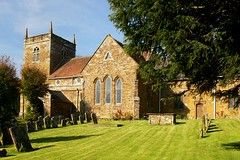
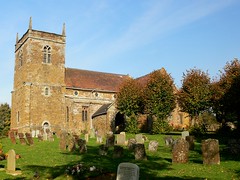
Originally built in the 12th century St Lawrence was rebuilt in the 13th century. It sits on the top of the hill, overlooking Southam.
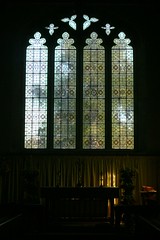
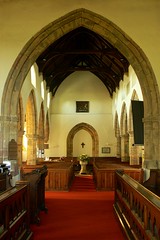
The east window has four modern cinquefoil pointed lights built into a four-center rear-arch.
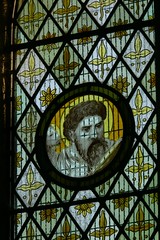
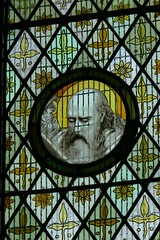

During restoration work in the 1950s two 13th century stone altars were discovered hidden under chapel floor. Most of these medieval altars were destroyed during the reformation as they were considered to be either pagan or popish, and were replaced by wooden tables. These are two rare survivors.
Church website
Comments Off on Napton on the Hill – St. Lawrence.
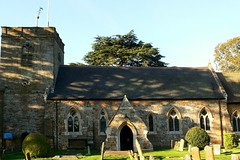
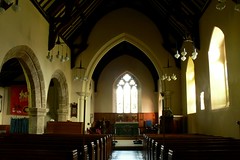
Mid 13th century parish church of St. Leonard’s. The medieval tower was remodelled in 1720. Much of the interior was refitted in 1863 and 1875.
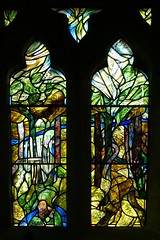
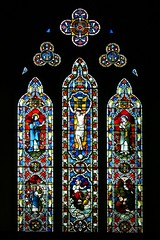
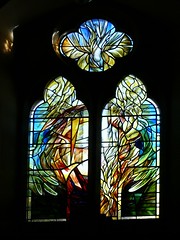
The east window is dated 1875 and the church also contains two modern stained glass windows from 1990’s in the north and south walls. The one in the south wall is dedicated to the village’s musical life.
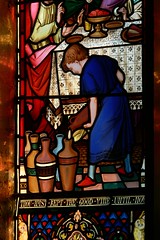
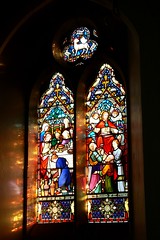
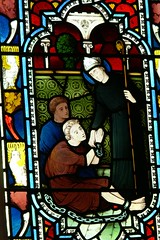
This south chancel window above has tracery of late 13th century style.
Church website.
Comments Off on Priors Marston – St Leonard.
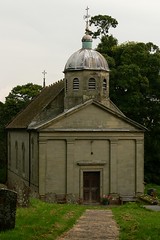
St Leonard’s Birdingbury, built at the end of the 18th century and enlarged and gothicized in 1873.
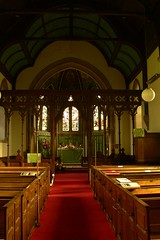
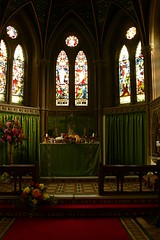
The screen was made from the old oak rafters in 1873.
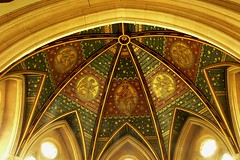
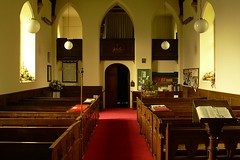
Comments Off on Birdingbury – St Leonard.



